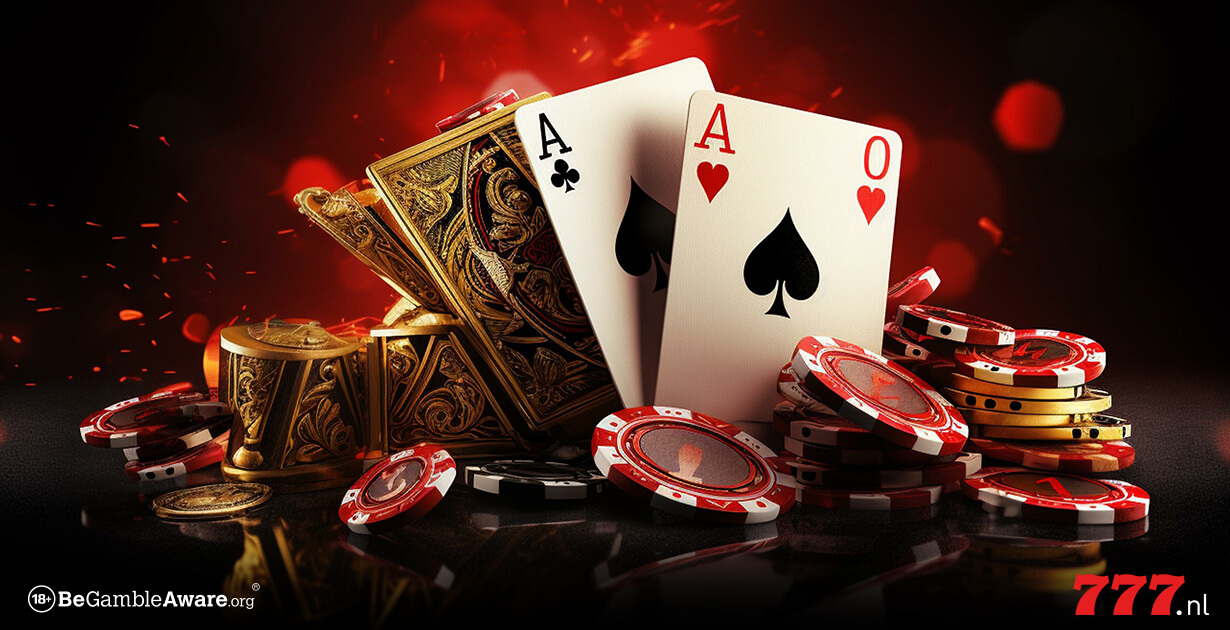Baccarat, a popular card game known for its elegance and sophistication, has made its way into popular culture through various films and literature. The inclusion of this game in these forms of entertainment has added an element of excitement, intrigue, and glamour to it. In this article, we delve deeper into the influence of baccarat on culture (more specifically, Baccarat in Pop Culture) and how the game has left its mark on films, literature, and more.
Baccarat in Films
Baccarat has played a prominent role in several iconic films, often used to heighten tension and drama.
James Bond Series
Baccarat has become synonymous with the suave secret agent James Bond. In the original Ian Fleming novels, Bond was a skilled baccarat player, and this was faithfully portrayed in the early Bond films. The most notable baccarat scene is from the 1962 film “Dr. No,” where Bond, played by Sean Connery, engages in a high-stakes baccarat game against the villainous Dr. No. This scene has firmly cemented the association of baccarat with Bond in popular culture.
Ocean’s Twelve
This star-studded film features a memorable baccarat scene. The protagonists, played by George Clooney, Brad Pitt, and Matt Damon, attempt to win a large sum of money by rigging a baccarat game. This scene adds to the mystique and strategic nature of baccarat.
Casino Royale
The 2006 James Bond film, starring Daniel Craig as Bond, reintroduced baccarat to a new generation of moviegoers. Although the game was replaced with Texas Hold ‘Em poker in this film, it acknowledged the baccarat roots of Ian Fleming’s original book. This adaptation highlighted the enduring influence of baccarat within the Bond universe.
Baccarat in Literature
In addition to films, baccarat has also found its place in literature, with various authors incorporating the game into their stories.
Casino Royale by Ian Fleming
The first James Bond book features an intense baccarat match between Bond and Le Chiffre, a dangerous criminal. The game serves as a backdrop for the high stakes and suspense that are characteristic of Fleming’s novels. This scene has contributed to the broader recognition of baccarat.
The Great Gatsby by F. Scott Fitzgerald
Although baccarat is not the central theme of this novel, it is mentioned in Fitzgerald’s classic work. The glamorous parties and extravagant lifestyle depicted in the story are enhanced by the inclusion of baccarat as a popular pastime among the wealthy characters.
Tango by Pieter Aspe
This crime novel by Belgian author Pieter Aspe is set against the backdrop of a baccarat tournament. The intricacies and strategies of the game are woven into the storyline, adding depth and excitement to the plot. This book illustrates the enduring appeal of baccarat in literature.
Baccarat in Pop Music
In pop music, there are several references to baccarat in lyrics and music videos. These references enhance the allure and mystery of the game.
Material Girl by Madonna
In the music video for her 1985 song “Material Girl,” Madonna plays baccarat while emulating Marilyn Monroe. This scene emphasizes the glamorous and luxurious atmosphere often associated with the game.
Waking Up In Vegas by Katy Perry
In the music video for her 2009 song “Waking Up In Vegas,” Katy Perry plays baccarat and other iconic casino games on the Las Vegas Strip until she runs out of money. This video has contributed to the game’s popularity among a younger audience.
Baccarat on Television
Baccarat has also made its way into television series, often used as a plot device to enhance tension and character development.
Rush Hour 3
In this film, the main character James Carter, played by Chris Tucker, encounters the French version of baccarat, Chemin de Fer, in Paris. This scene, where Carter does not understand the rules of the game yet tries to play along, adds a comedic touch to the film and highlights the universal appeal of baccarat.
Baccarat in Art: Luxury and Tension on Canvas
Although baccarat is primarily known from films and literature, it has also found its place in the world of painting. Artists like Fernand Léger and Georges de La Tour have used baccarat to explore themes of luxury, tension, and social interaction. Léger’s cubist series “The Card Players” and De La Tour’s baroque “The Cheat with the Ace of Diamonds” emphasize the strategic and moral dimensions of card games. Modern artists, such as Michael Godard, use surrealistic and humorous styles to capture the allure of baccarat. Illustrations in literature and films, as well as artworks in advertising and promotional materials, also contribute to the visual culture surrounding baccarat, emphasizing the game’s glamour and refinement.
Conclusion
The incorporation of baccarat in films, literature, and music has undoubtedly contributed to the game’s enduring appeal. It has created an aura of sophistication and intrigue, making baccarat a symbol of high stakes and luxury. Whether it’s James Bond’s intense showdowns or the lavish parties in “The Great Gatsby,” baccarat continues to captivate audiences and leave a lasting impression. Through its numerous appearances in popular culture, baccarat has solidified its status as one of the most glamorous and exciting card games. Players in the Netherlands and worldwide can still enjoy the thrill and refinement that baccarat offers, both in physical casinos and online at Casino777.nl.
Frequently Asked Questions about Baccarat in Popular Culture
1. What is baccarat and why is it so popular in films?
Baccarat is an elegant card game often associated with luxury and high stakes. It is popular in films because of the tension and glamour it exudes, as seen in James Bond movies.
2. Which James Bond films feature baccarat scenes?
The most famous baccarat scenes are in “Dr. No” and “Casino Royale.” In these films, James Bond plays baccarat against his enemies, adding to the stories’ tension and intrigue.
3. Are there books that prominently feature baccarat?
Yes, the most well-known book is “Casino Royale” by Ian Fleming, where baccarat plays a central role. Baccarat is also mentioned in “The Great Gatsby” by F. Scott Fitzgerald as a popular pastime among the wealthy.



